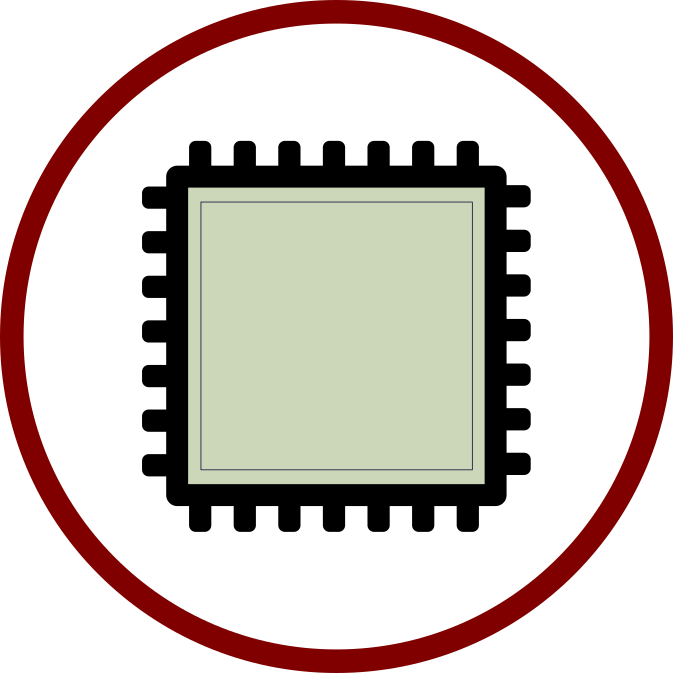Install Xilinx Vivado Tools on Fedora 27
The National Instruments “LabVIEW 2018 FPGA Module Xilinx Compilation Tool for Vivado 2017.2 – Linux” is only officially supported on Red Hat Enterprise Linux and CentOS. CentOS is basically a clone of Red Hat Enterprise Linux, also known as RHEL. I like to joke and call it R-HELL. The reason is valid, Red Hat Enterprise … Read more
